Ancestry DNA test
Discover all about your ancestry! At tellmeGen, we have a comprehensive ancestry section where you can learn about your paternal and maternal haplogroups, the percentage of Neanderthal DNA in your genetic makeup, and even how your heritage is distributed across different populations and ethnicities with a high degree of accuracy.
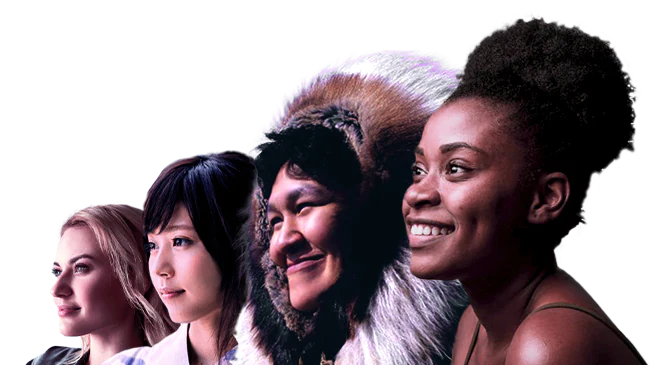
What do we do in our DNA test to know your origins?
In our DNA Origins test, we analyze the genetic variants that appear in the autosomal region of your DNA, commonly known as SNPs (single nucleotide polymorphisms), to determine your ancestry. SNPs are a type of genetic marker that is very useful for determining ancestry because each population has unique genetic variants.
Phase 1: Quality control of the genetic material
After purchasing the ancestry service kit and collecting the necessary fraction of your genetic material, it undergoes strict quality controls. Only the genetic markers that meet the requirements for the analysis are kept, which helps us minimize possible deviations in our estimations and generate highly accurate results.
Phase 2: Study your DNA to determine your ethnicity
Next, we establish a comparison between this portion of your genetic variation against a broad database that includes thousands of reference individuals belonging to 93 ethnic groups spread across 7 major geographic areas: Europe (36), Africa (9), West Asia (14), South and Central Asia (9), East Asia (17), Oceania (3), and America (5). Furthermore, thanks to our latest update to the ethnic origin test, we are able to provide information about your ancestry in a more detailed manner, as we have incorporated a breakdown of the reference populations into more specific regions in the DNA origins test.
The creation of reliable reference populations is a crucial aspect of our ancestry estimation process. Accurate reference populations enable us to determine the genetic origins of each of our users with greater precision. To achieve this, our bioinformatics experts have analyzed genetic information from individuals from various geographical regions in our database, using powerful statistical and bioinformatics tools, as well as quality control measures. Through this methodology, our algorithm can accurately distinguish between the populations that contribute to the genetics of each of our users, minimizing the errors derived from statistical inference. This makes tellmeGen's DNA testing for ethnicity one of the most comprehensive and dependable options available.
Phase 3: ancestry service report
After completing the ancestry estimation process, you will receive a comprehensive ancestry report that includes the percentage breakdown of your unique genetic composition in different ethnic groups organized by geographical location. These values, based on your DNA, reflect the ethnic origin of your ancestors.

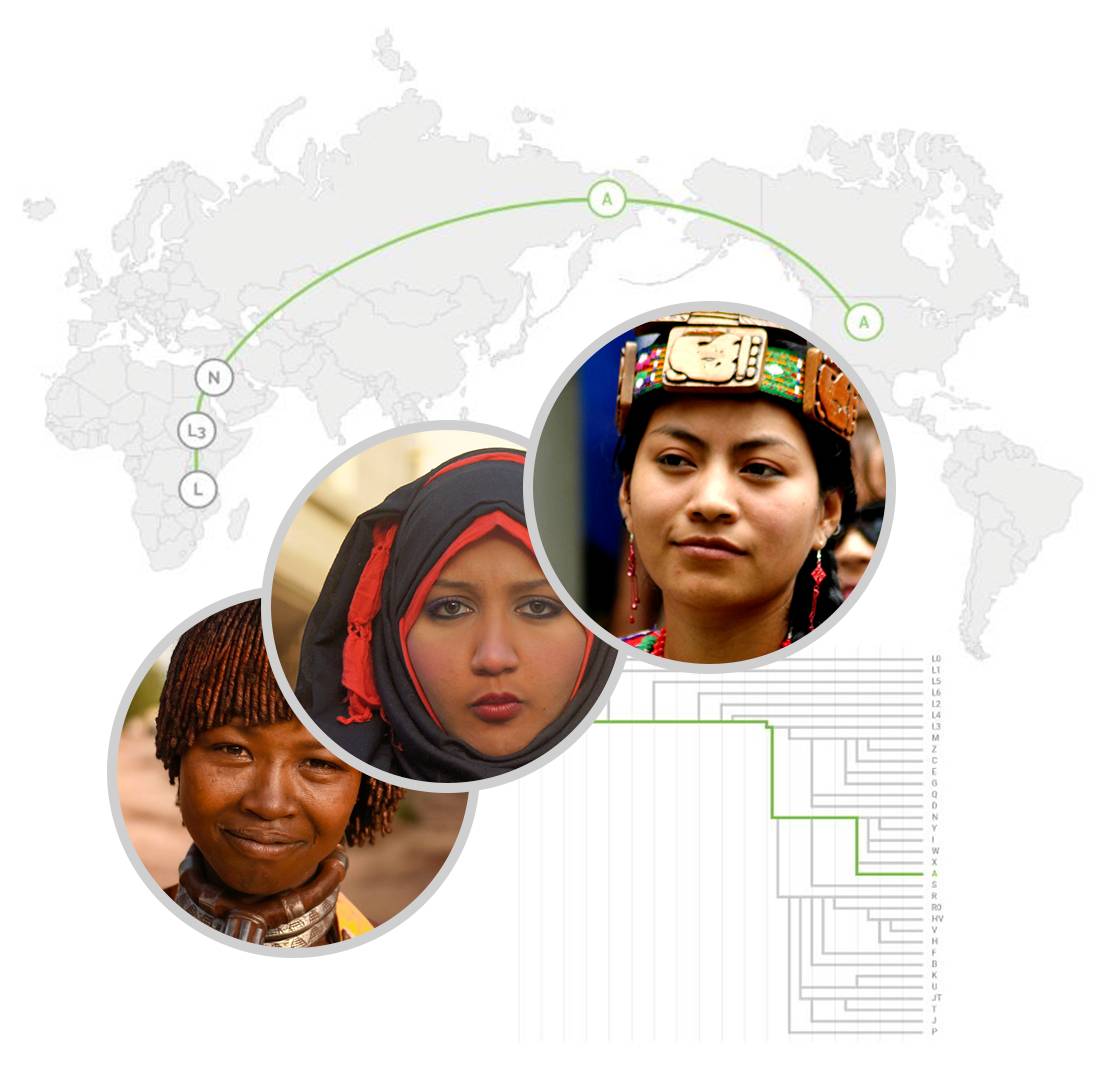
Discover your maternal haplogroup
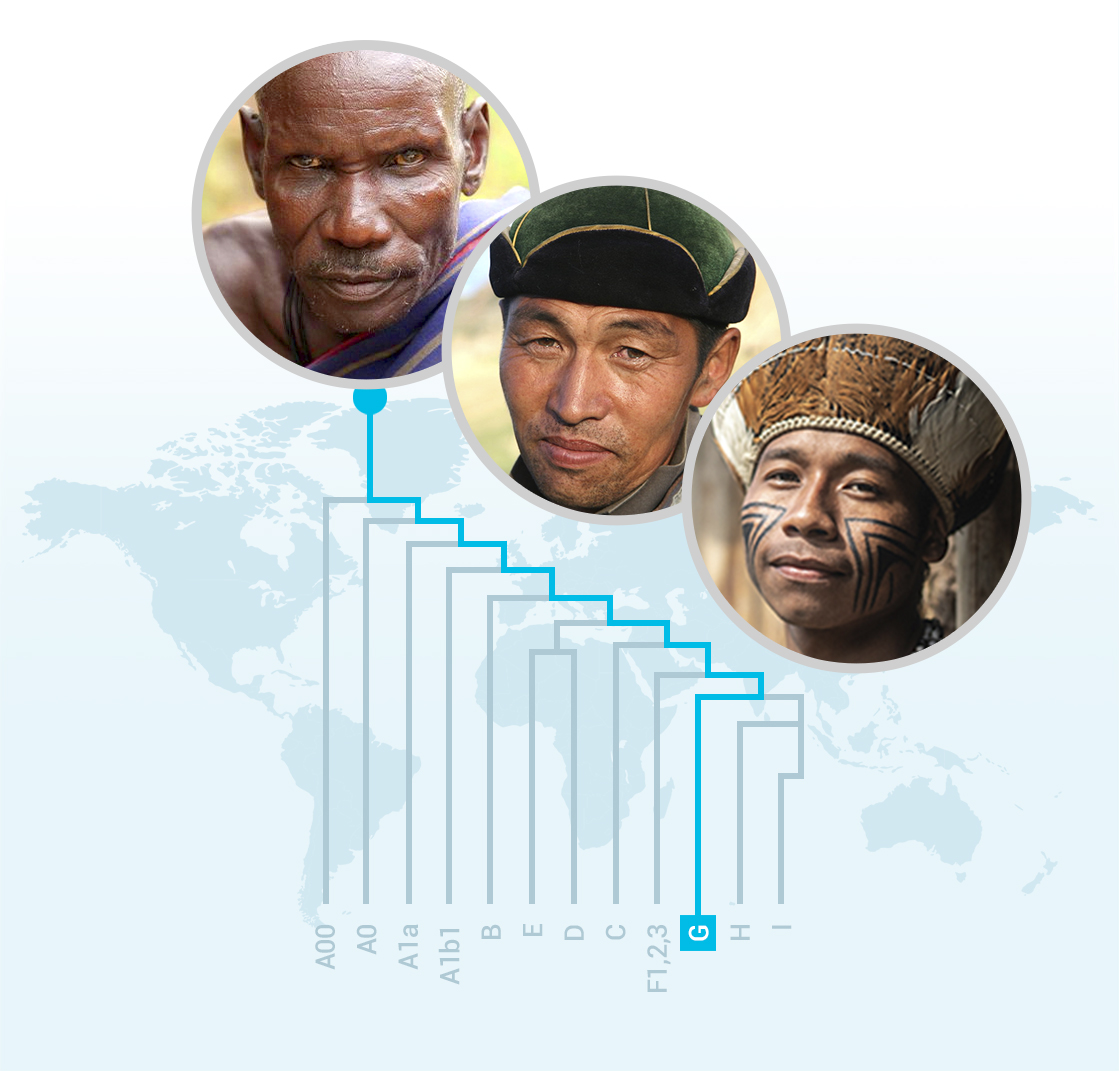
Trace and discover your paternal haplogroup
It is important to note that the paternal haplogroup can only be obtained from males. If you are born female, a sample from your father or a male sibling is necessary, as this information is only extracted from the Y chromosome. However, this is independent of the other results related to your ancestry, which are obtained by analysing your genetic information from both your father and your mother.

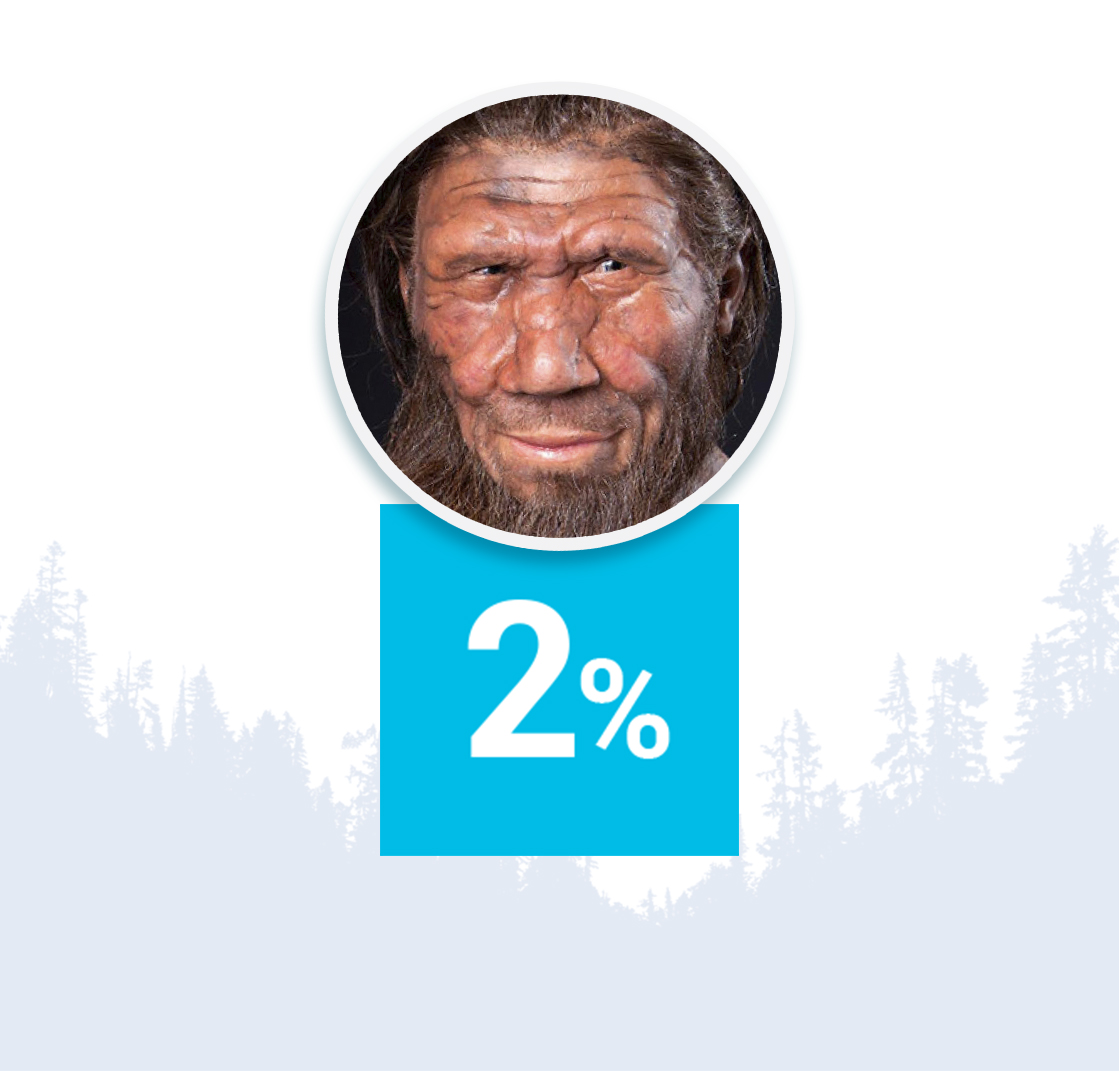
Know your Neanderthal DNA percentage
Did you know that humans today share up to 4% of our DNA with the Neanderthal species?
Neanderthals emerged approximately 230,000 years ago in Europe, the Near East, the Middle East and Central Asia.
This species, which lived at the same time as Homo sapiens, had a stocky build and weighed around 70 kg. They had short limbs, a wide pelvis, and a strong skeletal structure that indicated a highly muscular body.
Although their diet was long considered to be meat-based, more recent studies show that it was very diverse and adapted to their environment.
Neanderthals were also knowledgeable about fire, using it for cooking, as well as for making rudimentary medicines.
The extinction of the Neanderthals occurred around 28,000 years ago. According to most studies, the expansion of our species, Homo sapiens, from Africa was the main cause of their disappearance, despite the interbreeding that occurred between the two species.
Would you like to know more? Find out how you are related to this species thanks to the Neanderthal DNA test.
Reference populations in our ancestry DNA test
With the goal of making our genetic ancestry analysis one of the most comprehensive on the market, the tellmeGen database contains thousands of individuals belonging to 93 ethnic groups spread across 7 major geographic regions: Europe (36), Africa (9), Western Asia (14), South and Central Asia (9), East Asia (17), Oceania (3), and America (5).
Europe
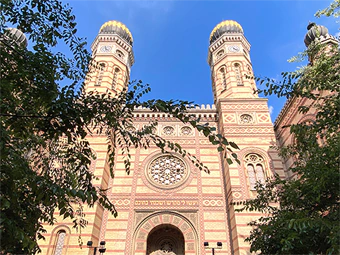
The genetic profile of Ashkenazi Jews tells the story of a diaspora community that formed in Central and Eastern Europe, but whose deepest roots lie in the ancient Iron Age peoples of the Levant. Their genetic profile reflects this dual heritage: an ancestral base from the Near East, shared with other Jewish populations, which mixed with the local European populations where their first communities settled. A key event in their history was a severe population bottleneck in the Middle Ages, where a group of as few as a few hundred founder individuals gave rise to the majority of the present-day Ashkenazi population.

Sardinia is an island located in the center of the Mediterranean Sea, and it represents a direct genetic window into prehistoric Europe. Sardinians are considered by geneticists to be the closest present-day population to the first Neolithic farmers who expanded across Europe from Anatolia about 8,000 years ago. The reason for their uniqueness lies in their relative isolation; unlike mainland Europe, the island of Sardinia received minimal genetic impact from the massive Bronze Age steppe migrations that did transform the rest of the continent. This profound genetic continuity from the Neolithic period allowed for the flourishing of the enigmatic Nuragic civilization, builders of thousands of stone towers. Subsequently, the island was not completely isolated: later colonizers such as the Phoenicians and Romans, and later the maritime powers of Pisa and the Crown of Aragon, left their own genetic imprint, albeit more subtly and mainly in coastal regions. Therefore, Sardinian genetics tell a direct connection to the peoples who introduced agriculture to Europe, enriched by later layers of Mediterranean history.
America
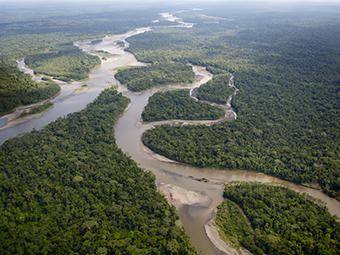
This ancestry delves into the heart of the Amazon, connecting with the profound history of the original peoples who have inhabited this vast and diverse region for millennia. Peoples such as the Karitiana and the Suruí, from the Tupí language family in Brazil, present a history of relative isolation that has made their DNA a key scientific reference for understanding the ancestral history of the first settlers of South America. The genetic profile they represent is a pillar for identifying the heritage of the numerous peoples who adapted and expanded throughout the Amazon basin. Although each Amazonian people possesses a unique identity, they all share a deep ancestral connection that distinguishes them as one of the main branches in the genealogical tree of Native Americans.

Distributed throughout the northern part of the American continent is the population of the native Pima people. It is an ethnic group that currently has a few hundred inhabitants of purely Pima genetics. The first region inhabited by this people was western Canada, and from there it expanded to occupy a large part of the continent. At the genetic level, it has been verified that the Pima descend from the first inhabitants of the American continent, who came from East Asia.
Oceania
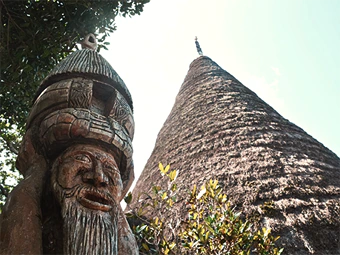
The Melanesia region tells the fascinating story of the encounter between two of the greatest human expansions in Oceania: the first inhabitants of the glacial era and the later Austronesian navigators. The oldest genetic substrate of these islands was established by the descendants of the first humans who colonized the ancient continent of Sahul more than 50,000 years ago, bearers of a unique Papuan heritage. About 3,500 years ago, a new wave of Austronesian-speaking migrants, associated with the Lapita archaeological culture, arrived in Melanesia from the west, bringing with them new technologies. The genetic profile of modern Melanesians is the direct result of the mixture between these newcomers and the pre-existing Papuan populations, creating a gradient of ancestry that is unique to each archipelago and tells the story of the peopling of the entire Pacific.
Africa
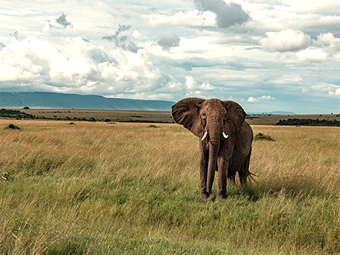
Unlike the more isolated hunter-gatherer lineages, East African populations reflect that this territory has been a millennial meeting point between peoples of Africa and Eurasia. Their most distinctive genetic characteristic is a deep fusion, which occurred thousands of years ago, between native African peoples and a major migration of farmers who returned to Africa from the Near East, an event that profoundly marked the populations of the Horn of Africa, such as the Ethiopians and Somalis. Superimposed on this unique substrate were other major African migrations: the expansion of Nilo-Saharan-speaking pastoralists from the Nile Valley, ancestors of peoples such as the Maasai, and the arrival of farmers from the Bantu Expansion from the west. Therefore, this ancestral profile represents a unique tapestry, woven with the threads of an ancient Afro-Eurasian mix and the subsequent dynamics of the great families of peoples of Africa, creating a diversity that distinguishes it from other regions of the continent.
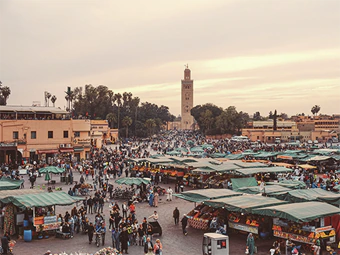
The Maghreb region, in North Africa, has its origin deeply rooted in the Imazighen (Berber) peoples, the indigenous inhabitants of the region since prehistoric times. The first major event that shaped its genetic profile was the arrival of Neolithic farmers from the Near East, whose descendants also populated southern Europe, establishing an ancient genetic link across the Mediterranean. Subsequently, the Arab expansion of the 7th century introduced a new and decisive genetic and cultural component from the Arabian Peninsula, merging with the local population. Therefore, the genetic profile associated with the Maghrebi region is a rich mosaic, with an indigenous Imazighen base transformed by these great migrations and enriched by millennia of trade across the Mediterranean and the Sahara.
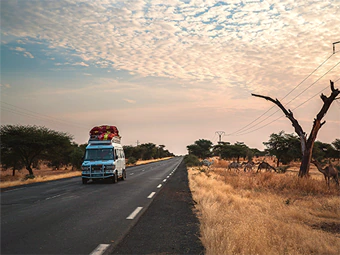
The Senegambia region in West Africa was the cradle of great empires that flourished long before contact with Europe. The ancestry of the populations of this region is deeply linked to Mandé-speaking peoples, such as the Mandinka, who were the architects of influential states, including the vast and prosperous Mali Empire in medieval times. The genetic profile of this region was forged on a millennial foundation of West African farmers, whose successful adaptation and social organization enabled the development of these complex societies.
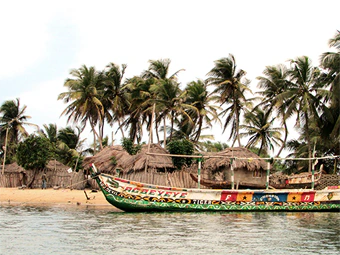
In the heart of West Africa, the region where we now find Nigeria and Ghana was the cradle of some of the continent's most sophisticated urban and artistic societies, such as those of the Yoruba and Esan peoples. It is deeply linked to the great kingdoms and city-states that flourished here, such as the Oyo Empire and the Kingdom of Benin, and to the spiritual and artistic center of Ife, famous for its incomparable bronze art. The genetic profile of this region was forged on an ancient base of West African farmers, whose prosperity and dense population allowed for the emergence of these advanced political structures. Their profound cultural influence spread throughout the region and, through the diaspora, throughout the world.

The coast of West Africa, in the region that today encompasses Sierra Leone and Liberia, is home to an area of forests and savannas that has been home to Mandé-speaking peoples for centuries. The ancestry of this region is strongly linked to the Mende people and their relatives, whose ancestors migrated to this coastal region from the interior, bringing with them their rich agricultural and social traditions. The genetic profile of this population was forged from the fusion of these Mandé migrants with the older indigenous groups of the forest region, in a history framed by the domestication of African rice.
Central and South Asia

Between South and Southeast Asia lies a region encompassing Bengal, Bangladesh, and Northeast India, which has served as a bridge for ancient migrations. The oldest genetic substrate in this area was established by Austroasiatic-speaking peoples, considered among the region's earliest farmers. Superimposed on this foundation were two major migratory currents: the expansion of Indo-Aryan-speaking peoples from the west, which formed the core of the Bengali people, and migrations of Tibeto-Burman peoples from the north and east, who populated the hills of Northeast India. Therefore, this genetic profile represents a continuum that uniquely blends South Asian and East Asian ancestry, reflecting the region's history as an age-old meeting point.

Central Asia is a territory with a large number of ethnic groups, distributed mainly in five countries: Kazakhstan, Kyrgyzstan, Tajikistan, Turkmenistan and Uzbekistan. The origin of this population dates back to the Indo-Iranian and Turkic expansions that took place centuries ago. As a result, today's Central Asians share a high degree of genetic similarity with the peoples of Western Asia.

Northwestern India, in the historic region of Gujarat, was a center of the Indus Valley civilization and a gateway for later migrations. The genetic profile of this people is the result of the fundamental admixture of two major ancestral groups: the indigenous inhabitants of the subcontinent, related to the builders of the Indus Valley, and the Indo-Iranian-speaking pastoralists who arrived from the Central Asian steppes in the Bronze Age. The proportion of these two ancestries varies between communities, but the steppe component is often prominent in groups such as the Brahmins. To this dual heritage is added the legacy of millennia of maritime trade along the coasts of the Arabian Sea, which further enriched the genetic and cultural tapestry of this region.

Southern India and Sri Lanka is a region that harbors some of the oldest and most continuous genetic lineages in all of Eurasia. Their primary ancestral component derives directly from the first modern humans to arrive in the Indian subcontinent tens of thousands of years ago, also known as South Asian hunter-gatherers. This lineage formed the basis of the Dravidian-speaking populations that have dominated the region for millennia. Unlike northern India, the genetic impact of later Indo-Aryan migrations from the Central Asian Steppe was significantly less here, which helped to better preserve this ancestral profile.
East Asia

The ancestry of the populations of the Japanese archipelago tells a story of fusion between an ancient hunter-gatherer people and a later wave of farmers from the Asian continent. The oldest genetic base was established by the Jōmon people, the indigenous inhabitants of the islands for millennia, whose genetic legacy is preserved in its greatest proportion in the Ainu people of northern Japan. Around 3,000 years ago, the arrival of the Yayoi people from the Korean Peninsula introduced rice cultivation and a new and dominant East Asian genetic component, which mixed deeply with the Jōmon population. Most present-day Japanese (the Yamato people) are the result of this ancient integration.

The Korean Peninsula tells the story of the fusion of ancient hunter-gatherer peoples with a wave of migrant farmers. The deepest genetic substrate comes from lineages of Northeast Asia, related to the peoples of the Amur River basin, over which was superimposed the influence of the first millet farmers of the Liao River region. The mixing of these two groups during the Bronze Age was the key event in the formation of the Korean people. Subsequently, a history of relative geographic isolation resulted in low admixture with other populations, which has made the Korean genetic profile one of the most homogeneous in Asia today.
Western Asia
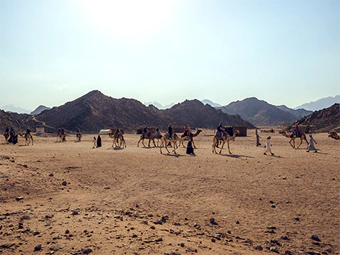
Bedouin peoples, nomadic herders whose ancestral home is the vast deserts of the Arabian Peninsula and the Near East, tell a story that dates back thousands of years before the Islamic era. Genetically, Bedouins are of exceptional interest, as they are considered the most direct modern representatives of the ancient pastoralists and hunter-gatherers of Arabia. It was these desert tribes who, in the 7th century, carried the Arabic language and culture out of the peninsula, spreading their genetic component throughout North Africa and the Levant. Although all Bedouin groups share this deep Arabian root, their wide distribution has created diversity among them, with some groups showing affinities with neighboring populations.

The Druze comprise a unique ethno-religious community originating in the Levant, where they were established in the 11th century from a branch of Ismaili Islam. Shortly after its founding, the community closed its faith to new converts and established a strict practice of endogamy; this decision, maintained for nearly a thousand years, has made them one of the world's most distinctive "genetic isolates." As a result, their genetic profile is an extraordinary window into the populations of the Levant from the medieval era, showing remarkable homogeneity among Druze communities in different countries of the area, such as Syria or Lebanon. Therefore, this heritage tells a story of exceptional cohesion, in which the preservation of a unique cultural and religious identity has gone hand in hand with the conservation of a singular genetic lineage.

